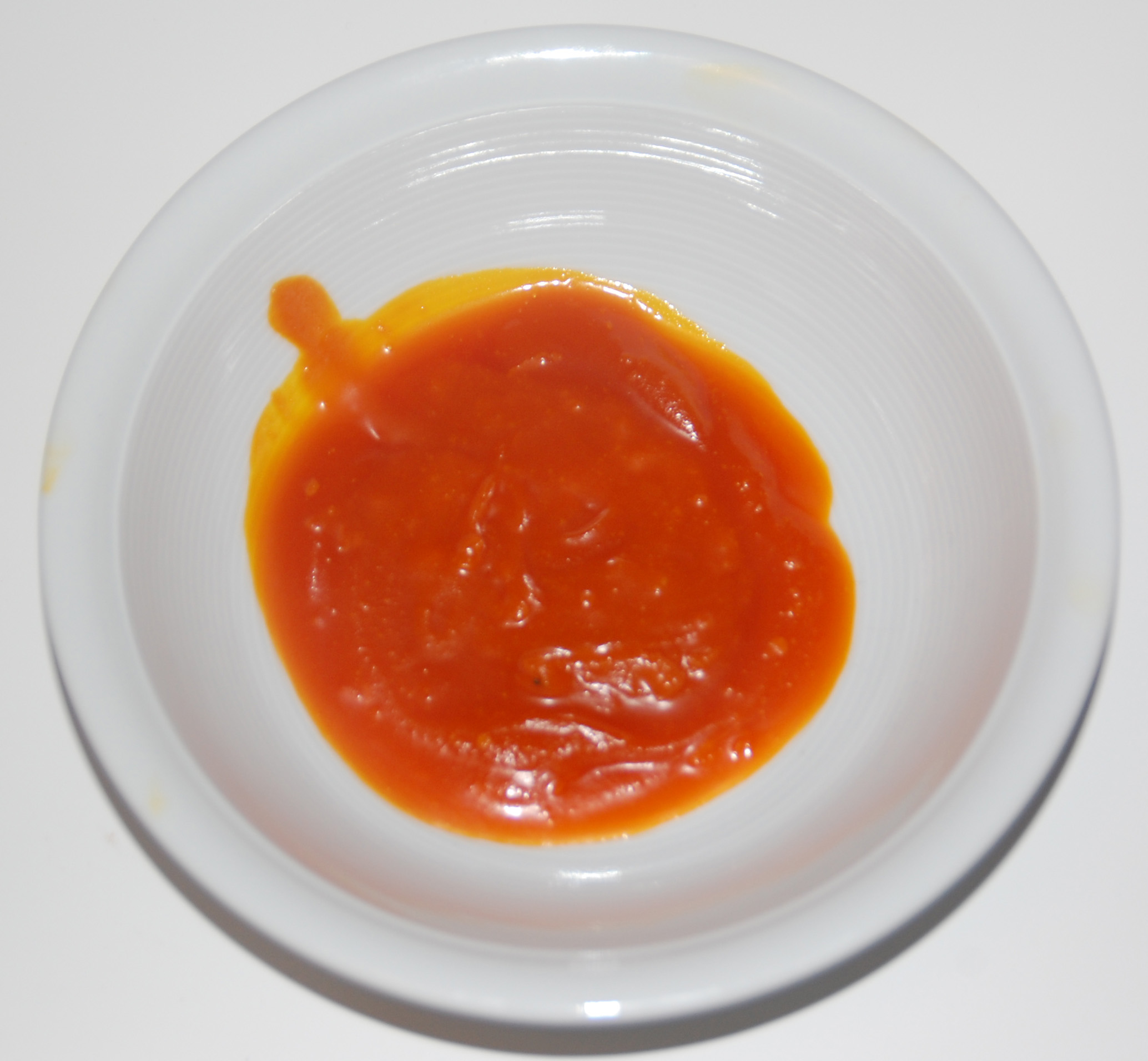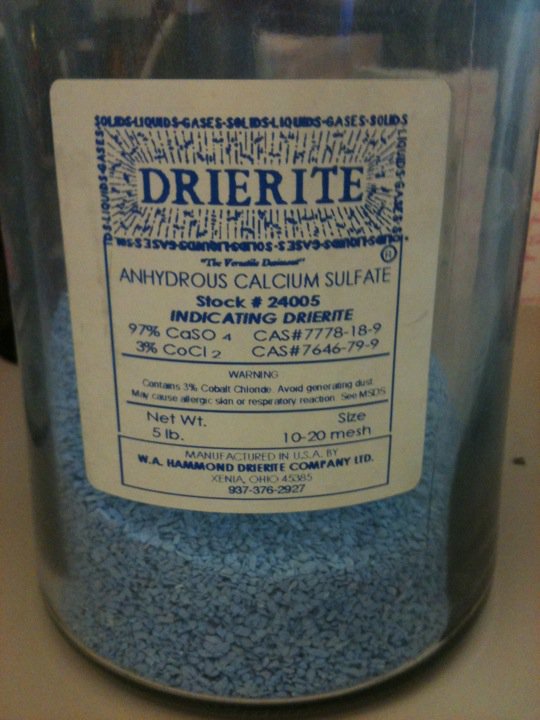|
Djoué River
The Djoué River is a river of the Republic of the Congo. It is a right tributary of the Congo River. Course The Djoué River rises in the Pool Department to the north of Mayama, and flows through that town. It then follows a meandering southeast course through Ngoma-Tsétse in the Brazzaville Department and through the west of the city of Brazzaville, entering the Congo where it leaves the Pool Malebo. The river flows through the Kintamo Rapids at its mouth, described by the English explorer Henry Morton Stanley on 12 March 1877 as having an impressive beauty rarely equaled. Ramsar site At its mouth the river flows through the Ramsar site no.1857, Les Rapides du Congo-Djoué. It includes rapids, permanent and temporary rivers, marshes, forested islands and aquaculture ponds. There are three forested islands in the site. One of them, the Île du Diable, is a refuge for many birds. The waterways support fish and invertebrates, and is a spawning ground. Although protected by ... [...More Info...] [...Related Items...] OR: [Wikipedia] [Google] [Baidu] |
Congo River
The Congo River, formerly also known as the Zaire River, is the second-longest river in Africa, shorter only than the Nile, as well as the third-largest river in the world list of rivers by discharge, by discharge volume, following the Amazon River, Amazon and Ganges rivers. It is the world's deepest recorded river, with measured depths of around . The Congo–Lualaba River, Lualaba–Luvua River, Luvua–Luapula River, Luapula–Chambeshi River system has an overall length of , which makes it the world's ninth-List of rivers by length, longest river. The Chambeshi is a tributary of the Lualaba River, and ''Lualaba'' is the name of the Congo River upstream of Boyoma Falls, extending for . Measured along with the Lualaba, the main tributary, the Congo River has a total length of . It is the only major river to cross the equator twice. The Congo Basin has a total area of about , or 13% of the entire African landmass. Name The name ''Congo/Kongo'' originates from the Kingdom of Ko ... [...More Info...] [...Related Items...] OR: [Wikipedia] [Google] [Baidu] |
Brazzaville
Brazzaville () is the capital (political), capital and largest city of the Republic of the Congo. Administratively, it is a Departments of the Republic of the Congo, department and a Communes of the Republic of the Congo, commune. Constituting the financial and administrative centre of the country, it is located on the north side of the Congo River, opposite Kinshasa, the capital city of the Democratic Republic of the Congo (DR Congo). The population of the capital is estimated to exceed 2.1 million residents, comprising more than a third of the national populace. Some 40% are employed in non-agricultural professions. During World War II, Brazzaville served as the de facto capital of Free France between 1940 and 1942. In 2013, Brazzaville was designated a City of Music (UNESCO), City of Music by UNESCO; since then it has also been a member of the Creative Cities Network. Toponymy The prefix "Brazza" comes from the surname of the Italian count Pierre Savorgnan de Brazza, who wo ... [...More Info...] [...Related Items...] OR: [Wikipedia] [Google] [Baidu] |
Pool Department
Pool () is a Departments of the Republic of the Congo, department of the Republic of the Congo in the southeastern part of the country. It borders the departments of Bouenza Department, Bouenza, Lékoumou Department, Lékoumou, and Plateaux Department, Congo, Plateaux. Internationally, it borders the Democratic Republic of the Congo. It also surrounds the commune district of the national capital, Brazzaville. The regional capital is Kinkala. Principal towns include Boko, Republic of the Congo, Boko, Kindamba and Mindouli, Pool, Mindouli. In the early 2000s, the Pool region was the home of a low-level insurgency led by Pasteur Ntumi. The inhabitants of this department are the Kongo people, Kongo, the Teke people, Téké and the African Pygmies, Native population (Pygmies). The region is named after the Pool Malebo (formerly Stanley Pool), a particularly wide stretch of the Congo River here. Administrative divisions Pool Department is divided into thirteen districts: # Kinkal ... [...More Info...] [...Related Items...] OR: [Wikipedia] [Google] [Baidu] |
Mayama (town) , a district in the Pool Region of south-eastern Republic of the Congo
{{disambiguation ...
Mayama may refer to: People * Akihiro Mayama (born 1988), Japanese actor * Miko Mayama (born 1939), American actress * Rika Mayama (born 1996), Japanese idol singer (Shiritsu Ebisu Chugaku), voice actress Places * Mayama District Mayama is a district in the Pool Department of south-eastern Republic of the Congo The Republic of the Congo, also known as Congo-Brazzaville, the Congo Republic or simply the Congo (the last ambiguously also referring to the neighbouring De ... [...More Info...] [...Related Items...] OR: [Wikipedia] [Google] [Baidu] |
Brazzaville Department
Brazzaville () is the capital and largest city of the Republic of the Congo. Administratively, it is a department and a commune. Constituting the financial and administrative centre of the country, it is located on the north side of the Congo River, opposite Kinshasa, the capital city of the Democratic Republic of the Congo (DR Congo). The population of the capital is estimated to exceed 2.1 million residents, comprising more than a third of the national populace. Some 40% are employed in non-agricultural professions. During World War II, Brazzaville served as the de facto capital of Free France between 1940 and 1942. In 2013, Brazzaville was designated a City of Music by UNESCO; since then it has also been a member of the Creative Cities Network. Toponymy The prefix "Brazza" comes from the surname of the Italian count Pierre Savorgnan de Brazza, who worked on exploration expeditions for France and is credited with founding the town. The place name Brazzaville unintentiona ... [...More Info...] [...Related Items...] OR: [Wikipedia] [Google] [Baidu] |
Pool Malebo
The Pool Malebo, formerly Stanley Pool, also known as Mpumbu, Lake Nkunda or Lake Nkuna by local indigenous people in pre-colonial times, is a lake-like widening in the lower reaches of the Congo River."Malebo Pool" ''''. Accessed June 2011. The river serves as the border between the to the north and the Democratic Republic of the Congo
[...More Info...] [...Related Items...] OR: [Wikipedia] [Google] [Baidu] |
Henry Morton Stanley
Sir Henry Morton Stanley (born John Rowlands; 28 January 1841 – 10 May 1904) was a Welsh-American explorer, journalist, soldier, colonial administrator, author, and politician famous for his exploration of Central Africa and search for missionary and explorer David Livingstone. Besides his discovery of Livingstone, he is mainly known for his search for the sources of the Nile and Congo River, Congo rivers, the work he undertook as an agent of King Leopold II of the Belgians that enabled the occupation of the Congo Basin region, and his command of the Emin Pasha Relief Expedition. He was knighted in 1897, and served in Parliament of the United Kingdom, Parliament as a Liberal Unionist member for Lambeth North (UK Parliament constituency), Lambeth North from 1895 to 1900. More than a century after his death, Stanley's legacy remains the subject of enduring controversy. Although he personally had high regard for many of the native African people who accompanied him on his expedi ... [...More Info...] [...Related Items...] OR: [Wikipedia] [Google] [Baidu] |
Ramsar Site
A Ramsar site is a wetland site designated to be of international importance under the Ramsar Convention,8 ha (O) *** Permanent 8 ha (P) *** Seasonal Intermittent < 8 ha(Ts) ** es on inorganic soils: *** Permanent (herb dominated) (Tp) *** Permanent / Seasonal / Intermittent (shrub dominated)(W) *** Permanent / Seasonal / Intermittent (tree dominated) (Xf) *** Seasonal/intermittent (herb dominated) (Ts) ** Marshes on soils: *** Permanent (non-forested)(U) *** Permanent (forested)(Xp) ** Marshes on inorganic or peat soils: *** Marshes on inorganic or peat soils / High altitude (alpine) (Va) *** Marshes on inorganic or peat soils / Tundra (Vt) * Saline, [...More Info...] [...Related Items...] OR: [Wikipedia] [Google] [Baidu] |
Palm Oil
Palm oil is an edible vegetable oil derived from the mesocarp (reddish pulp) of the fruit of oil palms. The oil is used in food manufacturing, in beauty products, and as biofuel. Palm oil accounted for about 36% of global oils produced from oil crops in 2014. Palm oils are easier to stabilize and maintain quality of flavor and consistency in ultra-processed foods, so they are frequently favored by food manufacturers. Globally, humans consumed an average of of palm oil per person in 2015. Demand has also increased for other uses, such as cosmetics and biofuels, encouraging the growth of palm oil plantations in tropical countries. The mass production of palm oil in the tropics has attracted the concern of environmental and human rights groups. The palm oil industry is a significant contributor to deforestation in the tropics where palms are grown and has been cited as a factor in social problems due to allegations of human rights violations among growers. In 2018, a repor ... [...More Info...] [...Related Items...] OR: [Wikipedia] [Google] [Baidu] |
Calcium Hypochlorite
Calcium hypochlorite is an inorganic compound with chemical formula , also written as . It is a white solid, although commercial samples appear yellow. It strongly smells of chlorine, owing to its slow decomposition in moist air. This compound is relatively stable as a solid and solution and has greater available chlorine than sodium hypochlorite. "Pure" samples have 99.2% active chlorine. Given common industrial purity, an active chlorine content of 65-70% is typical. It is the main active ingredient of commercial products called bleaching powder, used for water treatment and as a bleaching agent. History Charles Tennant and Charles Macintosh developed an industrial process in the late 18th century for the manufacture of chloride of lime, patenting it in 1799. Tennant's process is essentially still used today, and became of military importance during World War I, because calcium hypochlorite was the active ingredient in trench disinfectant. Uses Sanitation Calcium hypochlor ... [...More Info...] [...Related Items...] OR: [Wikipedia] [Google] [Baidu] |
Calcium Sulfate
Calcium sulfate (or calcium sulphate) is an inorganic salt with the chemical formula . It occurs in several hydrated forms; the anhydrous state (known as anhydrite) is a white crystalline solid often found in evaporite deposits. Its dihydrate form is the mineral gypsum, which may be dehydrated to produce bassanite, the hemihydrate state. Gypsum occurs in nature as crystals ( selenite) or fibrous masses ( satin spar), typically colorless to white, though impurities can impart other hues. All forms of calcium sulfate are sparingly soluble in waterFranz Wirsching "Calcium Sulfate" in Ullmann's Encyclopedia of Industrial Chemistry, 2012 Wiley-VCH, Weinheim. and cause permanent hardness when dissolved therein. Hydration states Calcium sulfate occurs at three levels of hydration with different crystallographic structures: anhydrous, dihydrate, and hemihydrate. The anhydrous ( anhydrite) crystallizes as an tightly-bound orthohombic lattice with space group Pnma, in which each ... [...More Info...] [...Related Items...] OR: [Wikipedia] [Google] [Baidu] |







